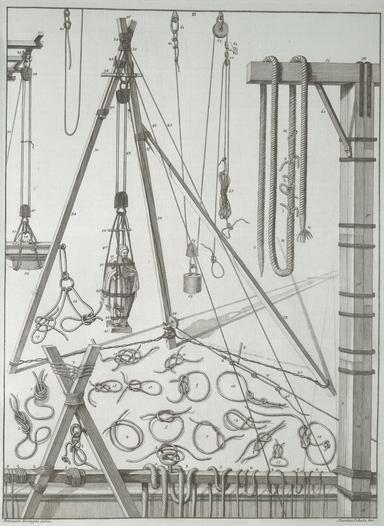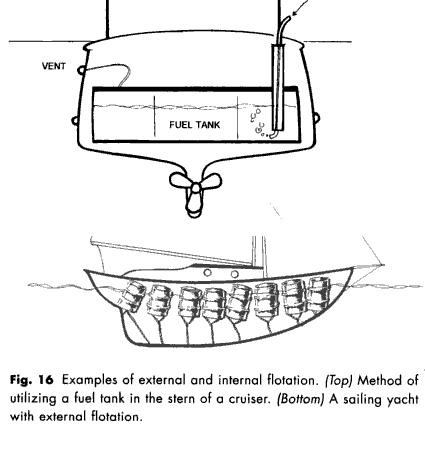?! Where do you see that quote? What I see, on the page preceeding
the images (or succeeding --forget which I opened, but it names knots)
is “Nodo a forbice in Anello”, which by the clumsy/comical free
translator available on a quick search yields “Node scissor in ring”.
Comical, yes, but matching, at least (typographically) with the
translation for the --what we call-- clove hitch, so we might infer
that what was intended (by the author(s)) was in fact that same
knot but shown tied in a ring (and that the artist royally botched
the illustration (hardly uncommon, alas). .:. a new knot is born!!
–which (Xarax should have fun with this) is in some sense still
symmetric, despite appearances, in the same way that the
Munter hitch / crossing knot / mezzo barcaiolo is : i.e., in
most of its in-use orientations it’s not, but the two loaded
forms are, of each other (some capsizing is involved …).
This knot, at least in one capsized form, makes a nice,
strong-looking, secure, easily untied ring & spar hitch.
Slid off of the object (break the ring …), it is a fig.8
–so much for likeness to the clove!
9. [i][u]Boas/Inuit Bowline[/u][/i]. I can't remember seeing such an
old book with a Boas/Inuit in it. Anyone else know of one?
I can’t remember one, even now! I.e., you’re into an illusion,
as #9 is but a sheet bend, shown as an option to #6, the
reef knot, nearby. It is interesting to note that while this
is a same-sides version, the slipped version shown as #19 isn’t;
the doubled version shown at #10 is. Again, we have this
artist to blame, likely --and maybe some careless author(s), et alia.
10. Unidentified bend. Seems from the name it might have been intended
to be a [i]double sheetbend,[/i] but it is not. (fooled me initially)
I see “Capio col Nodo alla Bufalora” which by using the underscored
name for the shown sheet bend I’d say confirms it as ONE OF the
forms a doubled version (cf. [u]ABOK #488, is it?).
19. Slipped bowliform knot. This is the slipped form of the "bowline" in which the bight is formed in the standing part and the hitch/gooseneck made through that. Not a particularly great knot. Perhaps intended to be a quick release knot, but it unfortunately leaves a half-hitch after pulling the slipped portion. The name being "Nodus ad usum Bubulci", like 9. above, makes me wonder if this is the orientation intended there too? That is, in fig. 9, the standing part would be the lower end, it is shown as being slightly longer.
See above. Not sure how you’re able to have anything left
after pulling out the slip-bight --poof, all is gone!
Derek asks
Could they be acting as some sort of intelligent pulley anchor?
No, it’s an UNintelligent person(s) acting as artist!
(or “artistic license”, no pixel-peeping, knots-devining intended)
–dl*

